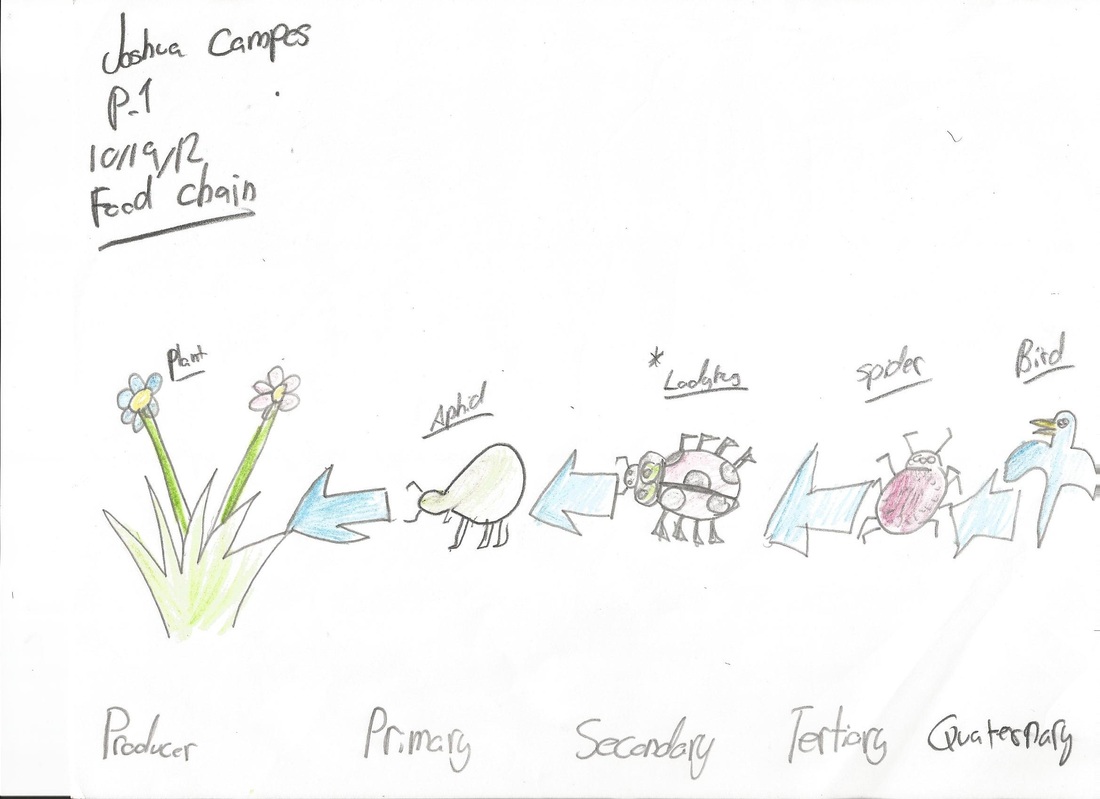Earlier today, I played tennis. Not a real game, just hitting the ball around with a friend for about an hour and a half. This is the second time I've played tennis in I'm not sure how long. Twenty years? I'm embarrassed that such a number like that exists in my life. Anyway, it's been a very long time, and I am woefully out of practice.
Also, as my body is reminding me, it is not used to being so active & athletic. Most of the time, my exercise consists of hour-plus-long walks in the woods or equally lengthy bike rides. Neither of those things is as challenging as running down a little bouncy yellow ball and trying to hit it back over the net with speed and accuracy. Or so my aching thighs and biceps are telling me.

Heather Watson, at Wimbledon 2014. I would like you to notice how muscular her arms and legs are. This is how fit you have to be to play tennis well. This is not me.
(Photo from Celeb Mafia)
The last time my friend & I played, it was a pretty hot day. When I got home, I took a shower and passed out for about three hours. Wiped. Out. Today, it wasn't that hot, so I thought I wouldn't find myself so completely out of commission afterward. And that was true; it wasn't as bad. No total blank-out sleep, but I did take a couple of naps. What's relevant to this here Daily Apple is that I have felt fogged in the head most of the day.

One of many depictions of brain fog. This one, made with Microsoft Paint, seems especially apt.
(Image by Lydia King)
I've been trying to settle on a Daily Apple topic for, what, three hours now. I've read news articles, found a couple of things that seemed like good candidates, read a page or two about the topic, but just could not see how I could contribute anything further to the information available. I chalk this up to the brain fog: it's not that I doubt my abilities, I'm just having trouble visualizing what I could do.

This one might be my favorite.
(Image from Tara Skye Golden)
I looked up brain fog and exercise, and I got a lot of flotsam & jetsam. It takes some thinking at a higher level than my brain wants to do right now to sort out what's relevant and useful from what's not. But I'll give it a bit of a go. We'll see what comes out.

(Image from Chronic Curve)

(Image from As My Body Attacks Itself)

Thirsty? If so, take a tip from this cat and have a drink of water.
(Photo from VetriScience Laboratories)

(Image from Alaska Health Improvement Center)

Exercising so hard this happens can actually be bad for you. It can make your body vulnerable to illnesses and injuries.
(Photo originally from Lava Magazine, sourced from Iron Man Finish Line Collapse)

Brain fog, someecards style
(Image posted somewhere on this Beat Brain Fog Pinterest page)

This is more like me. Not enough sleep. Cause I got stuff to do.
(Photo from Inquisitr)
Also, as my body is reminding me, it is not used to being so active & athletic. Most of the time, my exercise consists of hour-plus-long walks in the woods or equally lengthy bike rides. Neither of those things is as challenging as running down a little bouncy yellow ball and trying to hit it back over the net with speed and accuracy. Or so my aching thighs and biceps are telling me.

Heather Watson, at Wimbledon 2014. I would like you to notice how muscular her arms and legs are. This is how fit you have to be to play tennis well. This is not me.
(Photo from Celeb Mafia)
The last time my friend & I played, it was a pretty hot day. When I got home, I took a shower and passed out for about three hours. Wiped. Out. Today, it wasn't that hot, so I thought I wouldn't find myself so completely out of commission afterward. And that was true; it wasn't as bad. No total blank-out sleep, but I did take a couple of naps. What's relevant to this here Daily Apple is that I have felt fogged in the head most of the day.

One of many depictions of brain fog. This one, made with Microsoft Paint, seems especially apt.
(Image by Lydia King)
I've been trying to settle on a Daily Apple topic for, what, three hours now. I've read news articles, found a couple of things that seemed like good candidates, read a page or two about the topic, but just could not see how I could contribute anything further to the information available. I chalk this up to the brain fog: it's not that I doubt my abilities, I'm just having trouble visualizing what I could do.

This one might be my favorite.
(Image from Tara Skye Golden)
I looked up brain fog and exercise, and I got a lot of flotsam & jetsam. It takes some thinking at a higher level than my brain wants to do right now to sort out what's relevant and useful from what's not. But I'll give it a bit of a go. We'll see what comes out.
- Brain fog is not any kind of official medical term. But it's something most of us have experienced at some time or other. It can be characterized by
- inability to focus or concentrate
- poor memory retention or recollection
- difficulty learning new information
- you tend to view a task as more difficult than you otherwise would
- difficulty expressing thoughts articulately
- disorientation
- lack of mental clarity
- In other words, your brain just won't work as well as it normally does.

(Image from Chronic Curve)
- All kinds of things can contribute to brain fog. Here are some of those things. I will alphabetize them, because I'm not a medical-enough person to tell you which causes are more or less common, and the alphabetizing will be a good exercise for my cloudy cortex.
- ADHD
- Anxiety
- Brain injuries or brain tumors
- Chemotherapy
- Chronic fatigue syndrome
- Dehydration
- Depression
- Diabetes
- Electrolyte imbalance following exercise
- Fibromyalgia
- Food allergies, especially gluten
- Hormonal imbalance
- Low blood sugar
- Lack of sleep (guilty)
- Lyme's disease
- Lupus
- Menopause
- Multiple sclerosis
- PTSD
- Schizophrenia
- Stress
- Substance abuse or withdrawal from substance abuse
- Thyroid disorders
- I like the alphabetical list because it puts big scary things next to fairly common things -- schizophrenia next to stress, for example. I find it interesting that common things like dehydration or low blood sugar can have an effect that is similar to one of the effects of a big scary thing like schizophrenia or a brain tumor.
- That said, I'm sure the level or duration of brain fog probably does differ, depending on which of these causes is involved.
- I suspect I'm not saying this right. Hopefully you will know what I mean.

(Image from As My Body Attacks Itself)
- One of the main points here is that a lot of us experience brain fog, for any one of a multitude of possible reasons.
- In my case, I've got the fog probably because of a suite of three or four causes: after-effects of exercise, dehydration, and lack of sleep. I would kind of like to go to bed right now and sleep for a day or two.
- Here's one interesting thing I read about dehydration: some researchers studied what would happen to women who exercised and got dehydrated versus women who exercised and did not get dehydrated. The researchers tested the women's mental abilities before and after exercising to determine how their brain function was affected.
- The women who were dehydrated reported
- less vigor
- more fatigue
- increased perception of task difficulty
- headaches that were more severe than those not dehydrated
- The other interesting tidbit is that the women who were dehydrated didn't know that they were. This doesn't surprise me because I remember reading elsewhere that it doesn't take much for your body to be effectively dehydrated. The symptoms of dehydration can be very severe -- think of the bearded thirsty guy crawling through the desert -- but you can be a very long way from that point and still be dehydrated.

Thirsty? If so, take a tip from this cat and have a drink of water.
(Photo from VetriScience Laboratories)
- Signs of mild dehydration are:
- Thirst
- Dry, sticky mouth
- Sleepiness
- (That last one is especially interesting in this context, isn't it?)
- I remember reading some doctor saying somewhere, "If you're thirsty, you're dehydrated." Surprising, but true.
- But I want to know more about how or why exercise reduces your mental capacity.
- A lot of guys who lift talk about "CNS fatigue" or having trouble paying attention the day after a heavy lifting session.
- Some say they try to avoid it by taking naps before and after a lifting session, or they eat more (there's a debate as to whether proteins or carbs will be more helpful in this situation).
- So it's very much a real thing. But why does it happen?

(Image from Alaska Health Improvement Center)
- [looks up more stuff]
- Well, I can find all sorts of things that say exercise is good for the brain. Stimulates blood flow, which means more oxygen gets carried to the brain, which encourages mental function and also possibly the generation of new brain tissue. Stimulates endorphins, which reduce levels of depression, and can give you a "runner's high" feeling afterward. Improves cardiovascular function, helps control blood sugar levels, as well as of course helping to burn fat and reduce weight.
- I can also find things that say that too much exercise, as in people who train intensely for really long periods of time -- people training for the Iron Man, for example -- can be bad for you. Your body can't cope with the amount of stress all that exercise is putting on it, so the immune system gets overtaxed. Regular high-intensity exercisers may find that they're getting colds and flu a lot, or they're developing problems with their heart rate, or they may even suffer a stroke.
- I am nowhere near having that kind of exercise problem.

Exercising so hard this happens can actually be bad for you. It can make your body vulnerable to illnesses and injuries.
(Photo originally from Lava Magazine, sourced from Iron Man Finish Line Collapse)
- Ah, here's one article. "Researchers suggested that too much exercise may cause the brain to “max out” in the production of BDNF [brain-derived neurotrophic factor] and neurons, and this may prevent learning."
- (BDNF, by the way, is a protein that supports the health of synapses in the brain and also protects and helps grow new neurons.)
- That quote is taken from an article discussing research on the effects of exercise on mice & rats over long periods of time. Researchers in one study found that mice who were bred to be more active, down to the 30th generation, were very physically active and fit, but they had a lot more trouble navigating a maze than the less-fit mice.
- In other words, the more physically fit mice had reduced mental capacity compared to the less active mice.
- This runs counter to expectations because most of the time, exercise increases your mental acuity. But that's in the short-term. This study was looking at bred-into-them traits over the long term.
- So this study doesn't really answer my question. But maybe the business of there being an overload of BDNF may apply in the immediate short-term, too.

Brain fog, someecards style
(Image posted somewhere on this Beat Brain Fog Pinterest page)
- [looks up more stuff.]
- OK, I can't find anything that tells me what I want to know. Even so, I think I've read enough to formulate a theory of my own. Here goes.
- A moderate level of exercise is good. Gets all the juices flowing, improves your mood, sharpens mental abilities -- in general does all sorts of wonderful things for your mind and body.
- But when you do too much exercise, then you can run into problems. This can mean too much exercise over the long term, or too much exercise in a single session.
- Lots of those body builders report that if they have a really intense session one day, whether or not they get the brain fog the next day depends on how in shape they are already. If they've kind of fallen out of shape for a while and then go back to it hard, they get the brain fog. Or if they're at a good, consistent level of lifting but they don't give their body sufficient recovery time in between sessions, then they'll get the brain fog the next day.
- And here's my theory about why this happens. This is completely and totally my theory -- not even that, it's actually only a hypothesis. And not a scientific one, at that.
- I'm thinking that exercise that reaches a level of intensity that your body is not prepared for because of factors such as
- not enough sleep
- not enough carbs to fuel the body & the brain
- your body just isn't used to that much exercise
- then your body doesn't have enough juice to power both the body and the brain. So your body makes some tough decisions about where to divert the resources it does have. And since it's always going to choose that which is absolutely necessary for survival first, it's going to feed the most basic functions first and let the nice-to-have stuff slide for a bit. Higher brain function probably falls into the nice-to-have category as opposed to, oh, keeping your blood flowing and your heart beating, regulating your body temperature, sending food to your cells, and so on.
- So while your muscles are twitching and your heart rate is returning to normal and your muscles are trying to rebuild, your brain is temporarily left in the zombie zone.
- So, what to do if you find yourself in the post-exercise brain fog? Here are my suggestions:
- drink water
- sleep
- eat
- drink water
- sleep
- eat
- rest
- That's all I've got. Thank you and good night.

This is more like me. Not enough sleep. Cause I got stuff to do.
(Photo from Inquisitr)
Sources
Mental Health Daily, Brain Fog Causes: A List of Possibilities
Rodale News, The Real Reason behind Brain Fog
BeBrainFit, Stop Brain Fog: Causes, Symptoms and Solutions
Bodybuilding.com, Solution to Brain Fog from lifting heavy?
T Nation, Reduced Mental Capacity after Workout
T Nation, Brain Fog Next Day After Workout
WebMD, Can Too Much Exercise Be Harmful?
Science 2.0, Is Too Much Exercise Bad For You?
Mempowered! Does physical exercise improve cognitive function?
Mayo Clinic, Dehydration Symptoms
The New York Times, How Exercise Benefits the Brain
Mental Health Daily, Brain Fog Causes: A List of Possibilities
Rodale News, The Real Reason behind Brain Fog
BeBrainFit, Stop Brain Fog: Causes, Symptoms and Solutions
Bodybuilding.com, Solution to Brain Fog from lifting heavy?
T Nation, Reduced Mental Capacity after Workout
T Nation, Brain Fog Next Day After Workout
WebMD, Can Too Much Exercise Be Harmful?
Science 2.0, Is Too Much Exercise Bad For You?
Mempowered! Does physical exercise improve cognitive function?
Mayo Clinic, Dehydration Symptoms
The New York Times, How Exercise Benefits the Brain






















